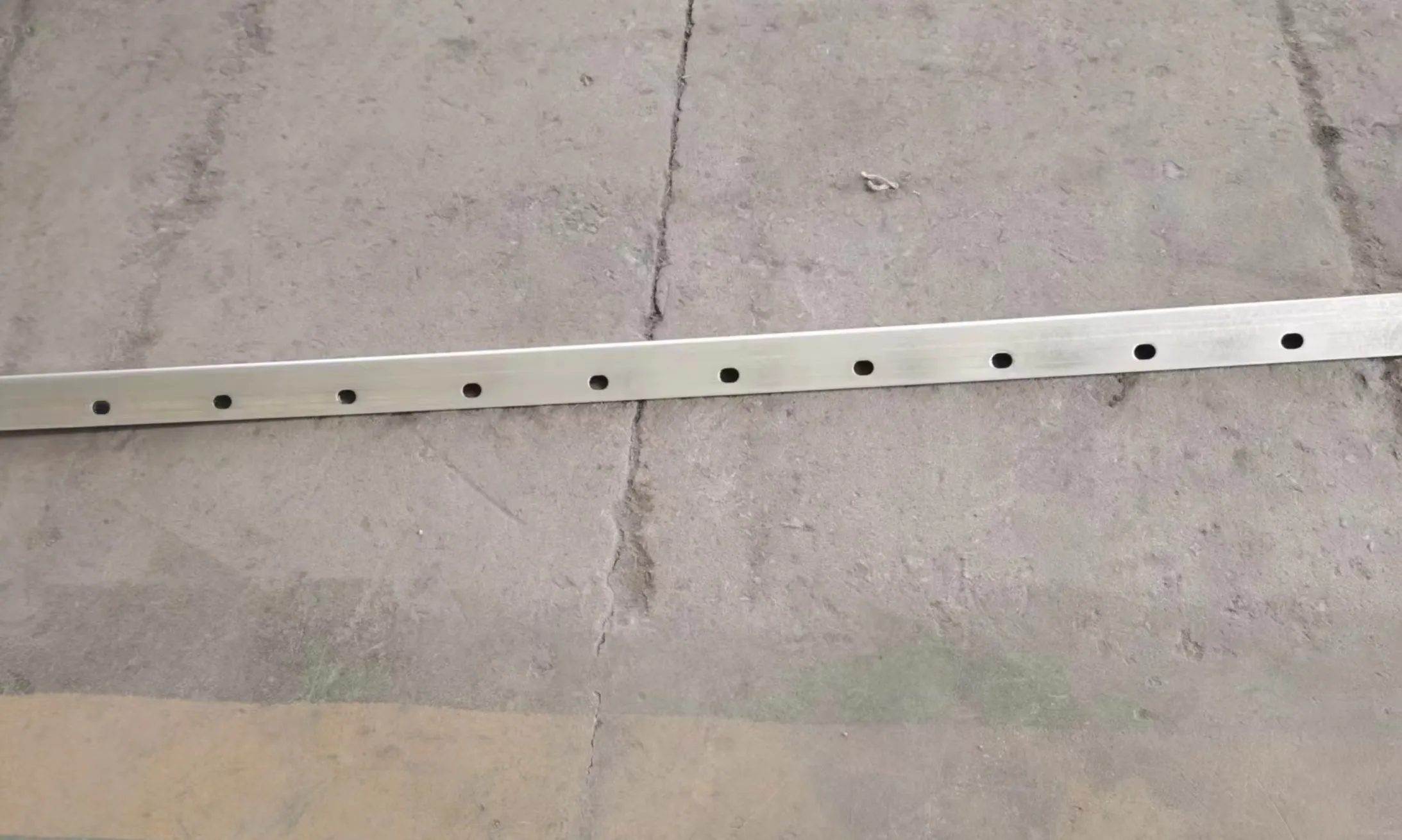loading...
- No. 9, Xingyuan South Street, Dongwaihuan Road, Zaoqiang County, Hengshui, Hebei, China
- admin@zjcomposites.com
- +86 15097380338
- Welcome to visit our website!
grp grating specification
Understanding GRP Grating Specifications
Glass Reinforced Plastic (GRP), commonly known as fiberglass, has become a preferred material in various industries due to its excellent properties such as lightweight, corrosion resistance, and strength. Among the many applications of GRP, GRP grating is widely used in environments where durability and safety are paramount. This article provides an overview of GRP grating specifications, focusing on its features, benefits, and the factors to consider when selecting the right grating for specific applications.
What is GRP Grating?
GRP grating is a composite material consisting of a resin matrix reinforced with glass fibers. This combination results in a product that offers an excellent strength-to-weight ratio, making it ideal for applications where traditional materials like steel or aluminum may not be viable. The grating is manufactured in various forms, including molded and pultruded types, each with unique characteristics catering to different requirements.
Key Specifications of GRP Grating
1. Load Capacity One of the primary specifications to consider is the load capacity of the grating. GRP gratings are available in different thicknesses and mesh sizes, determining the maximum load they can endure without failure. Load capacity is usually indicated in terms of uniform distributed load (UDL) per square meter.
2. Span The span, or the distance between supports, is crucial for determining the suitability of a specific type of GRP grating in a project. Greater spans may require thicker or specially designed grating to ensure safety and performance.
3. Slip Resistance Safety is a vital consideration in any application, particularly in industrial settings. GRP gratings can be manufactured with various anti-slip surfaces to enhance traction, reducing the risk of slips and falls in wet or oily conditions. The degree of slip resistance is generally measured using standardized testing methods.
4. Chemical Resistance One of the most significant advantages of GRP over traditional materials is its resistance to a wide range of chemicals. Various resins can be employed to enhance chemical resistance, making GRP grating suitable for use in industries such as pharmaceuticals, petrochemicals, and food processing.
5. Fire Rating Depending on the application, a fire rating may also be an essential specification. GRP grating can be manufactured to meet specific fire safety standards, making it appropriate for environments where fire safety is critical.
6. Weight The lightweight nature of GRP grating is a significant advantage, simplifying transportation and installation. This feature can lead to lower labor costs and can be particularly beneficial in applications where reducing load on support structures is essential.
Advantages of GRP Grating
grp grating specification

The advantages of GRP grating are numerous and contribute to its widespread use
- Corrosion Resistance GRP does not rust, making it an excellent choice for environments exposed to moisture, saltwater, and chemicals. - Low Maintenance Unlike metal grates that may require regular maintenance, GRP grating is virtually maintenance-free, reducing long-term operational costs.
- Customization GRP grating can be customized in terms of size, color, and thickness to meet specific application requirements
.- Environmental Impact GRP materials can be designed for low environmental impact, and the availability of recyclable options is increasing.
Factors to Consider When Selecting GRP Grating
When choosing GRP grating for a specific application, several factors must be taken into account
- Application Environment Understand the environmental conditions (e.g., temperature, chemical exposure) where the grating will be installed.
- Load Requirements Determine the amount of weight the grating needs to support and the frequency of load application.
- Installation Area Assess the available space for installation and consider any specific design requirements that may affect grating size and shape.
- Budget While GRP grating might have a higher upfront cost compared to traditional materials, its long-term benefits can offset these initial investments.
Conclusion
With its robust features and numerous advantages, GRP grating has established itself as a vital component in diverse industries. Whether for walkways, platforms, or industrial flooring, understanding GRP grating specifications helps ensure the right choice for safety and performance. As technology evolves and more applications emerge, GRP grating will continue to play a crucial role in improving operational efficiency and safety across various sectors. When selecting the right product, it is essential to consider specifications carefully to obtain the most efficient and effective grating solution for your needs.
-
Transform Your Spaces with FRP Grating SolutionsNewsNov.04,2024
-
The Versatility and Strength of FRP RodsNewsNov.04,2024
-
The Excellence of Fiberglass Water TanksNewsNov.04,2024
-
The Benefits of FRP Grating for Your ProjectsNewsNov.04,2024
-
Elevate Your Efficiency with FRP Pressure VesselsNewsNov.04,2024
-
Welcome to the World of FRP Pressure VesselsNewsOct.12,2024
-
Unveiling the Future of Filtration: Why FRP Filter Vessels are a Game ChangerNewsOct.12,2024
